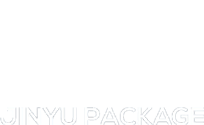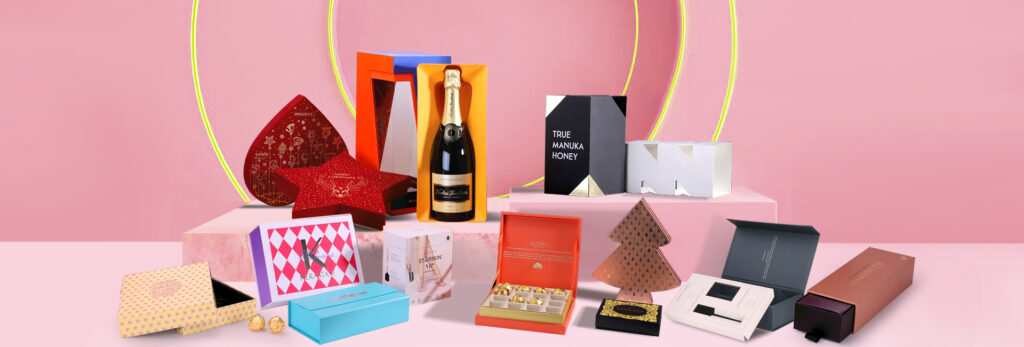
In everyday life, packaging plays a crucial role. It’s an essential part of any product, and a well-designed package not only gives your product a unique sensory appeal but also boosts your brand’s influence. If you’re struggling with designing your product’s packaging, this article will guide you on creating a high-quality package to enhance your product’s value. Learn how to design and produce packaging that makes your product stand out and increases its overall worth.
1.What Is The Packaging Design
Packaging is everywhere in today’s society, impacting our lives at every moment. The quality of packaging directly affects the market value of products. Good packaging not only gives products unique characteristics but also creates a perfect visual image for them. With the continuous development of society, the role of packaging is no longer simply to protect goods. In today’s era of economic globalization, the necessity and importance of product packaging are becoming increasingly apparent. People consistently realize that only high-quality products, complemented by exquisite packaging, can capture the attention and affection of a broad consumer base and stand out in the intense market competition.

2.Why You Need An Effective Packaging Design For Your Products
Packaging is everywhere in today’s society, impacting our lives at every moment. The quality of packaging directly affects the market value of products. Good packaging not only gives products unique characteristics but also creates a perfect visual image for them. With the continuous development of society, the role of packaging is no longer simply to protect goods. In today’s era of economic globalization, the necessity and importance of product packaging are becoming increasingly apparent. People consistently realize that only high-quality products, complemented by exquisite packaging, can capture the attention and affection of a broad consumer base and stand out in the intense market competition.

3.How To Design Your Packaging
How to design a good package involves considering many factors, mainly the following three points.
What is your product?
First, it’s essential to understand detailed information about the product, such as its type, size, shape, functionality, usage scenarios, and whether the packaging needs to be reusable.
Who’s buying your product?
Second, understanding the final consumer base for our product, taking into account their preferences and characteristics to design packaging that aligns with our product and meets personalized packaging needs.
How are people buying the product?
Third, considering the sales channels for our end product, whether it’s through live streaming, TV shopping, AMAZON, or retail stores, to confirm the packaging design’s size, material, and shape. This ensures providing the highest quality product to consumers because different sales channels may require different packaging designs.
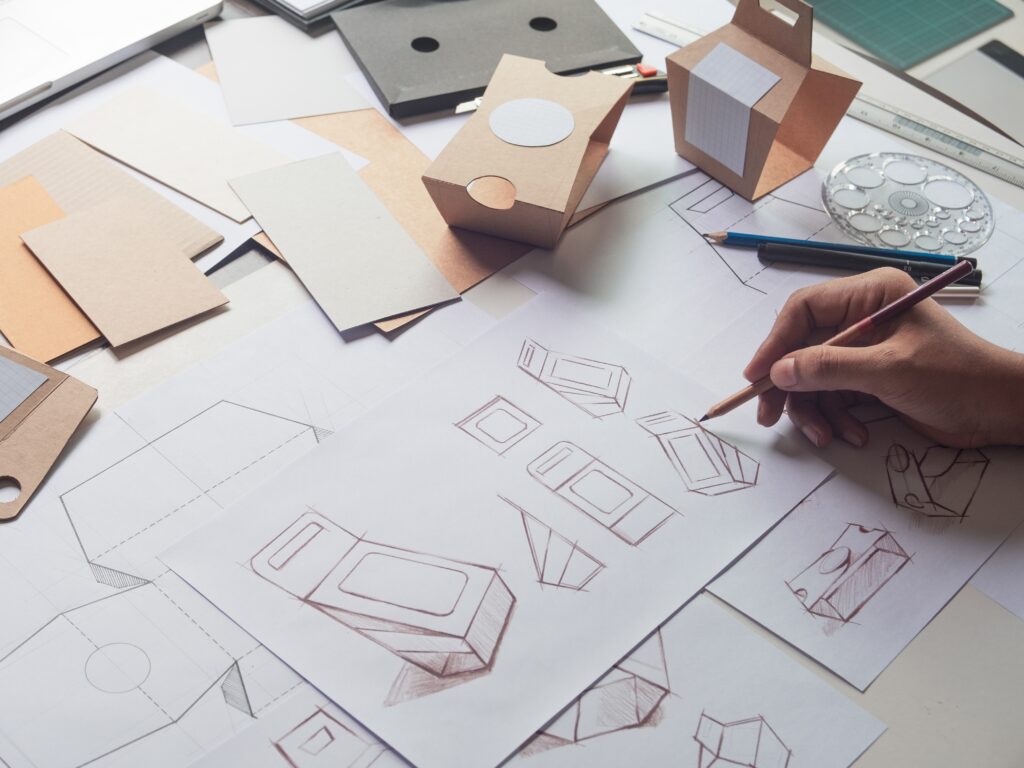
4.What Should We Do Before Starting To The Design Great Packaging
To create a good packaging design, it requires both our professional knowledge and appropriate research in the early preparation stage. The specific steps are as follows:
Logo:
Firstly, establish the brand positioning for our product by conducting thorough market research in the early stages. The packaging should highlight our brand. Creating a unique brand positioning that differentiates us from competitors and aligns with potential consumer needs is a key factor for the success of the product.
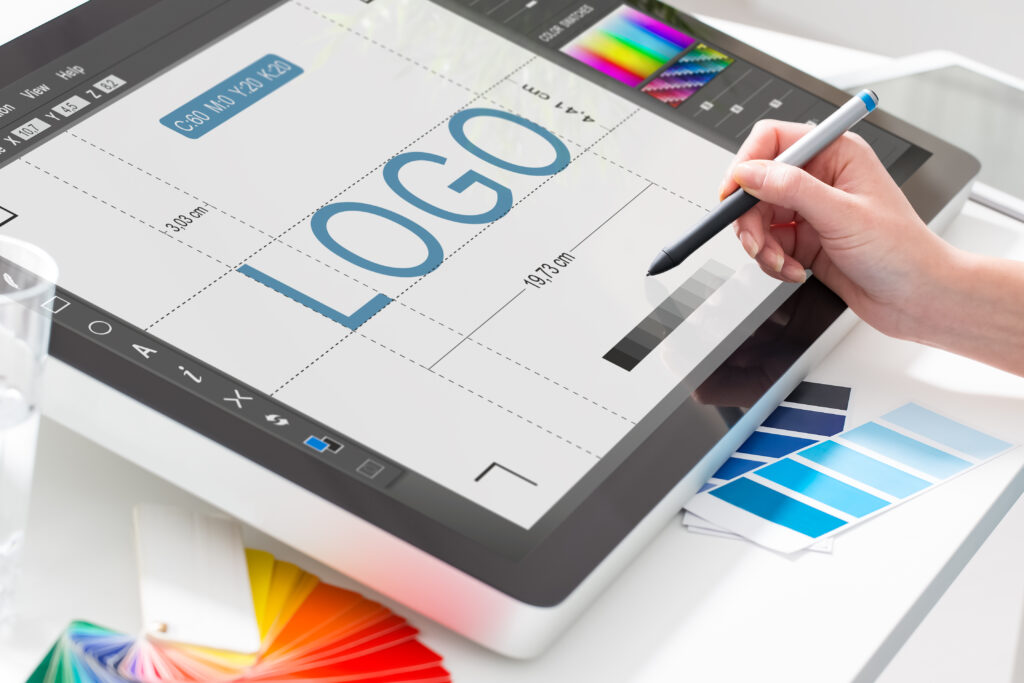
Color
The second step is the selection and application of packaging colors.packaging color In packaging design, the choice of colors is crucial. When you receive a product, the first thing you notice is the packaging. If the colors are too flashy or not to your liking, your overall impression of the product may decrease. On the other hand, if you’re pleasantly surprised by the packaging, your positive feelings towards the gift or product will naturally increase. We can select the packaging design colors that best match the product based on the product’s color, usage scenarios, or consumer preferences.
Front
“The third step is how to choose the overall design of the packaging. First, we need to understand the final consumer base for the product, the ultimate usage scenarios, and the culture of the destination where the product will be sold. Then, based on the collected information, we design and adjust suitable fonts for the packaging.”
Images
The fourth step is, images are the primary element in packaging design, playing a crucial role. High-quality images not only deliver a powerful visual impact but also create anticipation for the product inside.
Contents
A good product not only requires exquisite packaging but also relies on a compelling story. In packaging design, apart from highlighting the product’s features, attributes, usage scenarios, certifications, and precautions, incorporating a good story helps in better brand building.
5.Packaging Design Types
There are various types of packaging. To choose a high-end, Eco-friendly, and distinctive packaging for your product, please refer to the detailed introduction below.
“Paper packaging boxes, primarily composed of materials like cardboard, corrugated paper, and kraft paper, are collectively referred to as paper packaging. Due to the low processing threshold, lightweight nature, and environmental friendliness of paper packaging, it is widely used in various sectors such as food, gifts, jewelry, apparel, and more.

Plastic packaging box:
“Plastic packaging boxes, primarily made from materials like PP, PET, PVC panels, are widely used in various applications, such as cosmetics and stationery packaging. With an increasing awareness of environmental protection, there is a gradual shift towards developing new materials to replace plastic packaging.
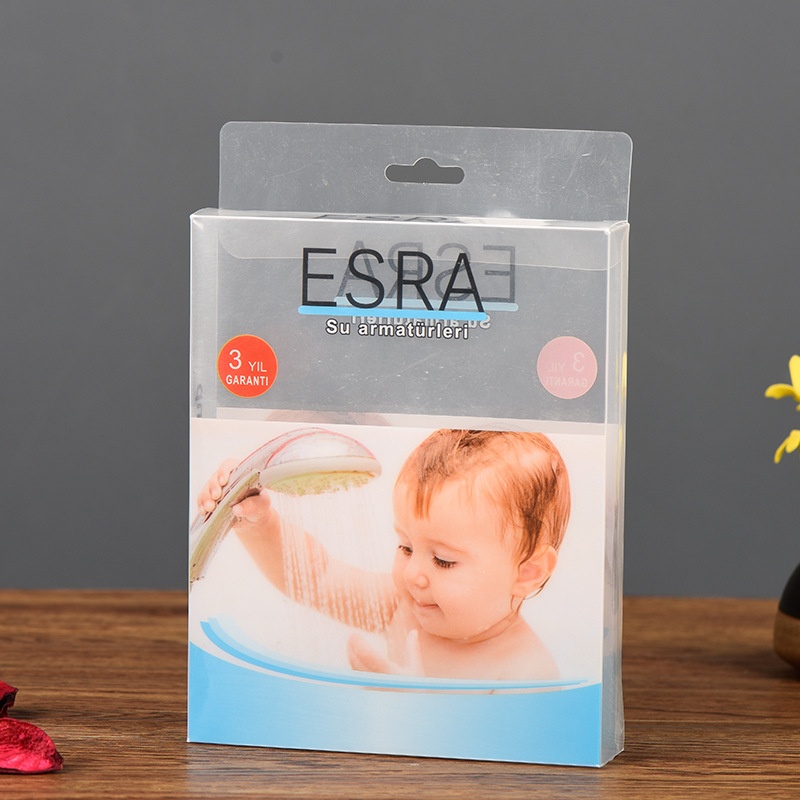
Metal packaging box:
Iron packaging, primarily composed of tinplate material for packaging containers, is mainly used in industries such as food, tea, and toys. The appearance of tinplate boxes is sturdy, with good moisture resistance. The surface can be printed with customer-specified content and logos. Tinplate packaging is also a popular choice among consumers.”

Kraft packaging box:
Kraft paper packaging, primarily made from Kraft paper, is a cost-effective and easily processed material for packaging containers. It is widely used in the fast-moving consumer goods (FM-CG) sector, such as clothing and food, due to its low cost and ease of processing and printing.
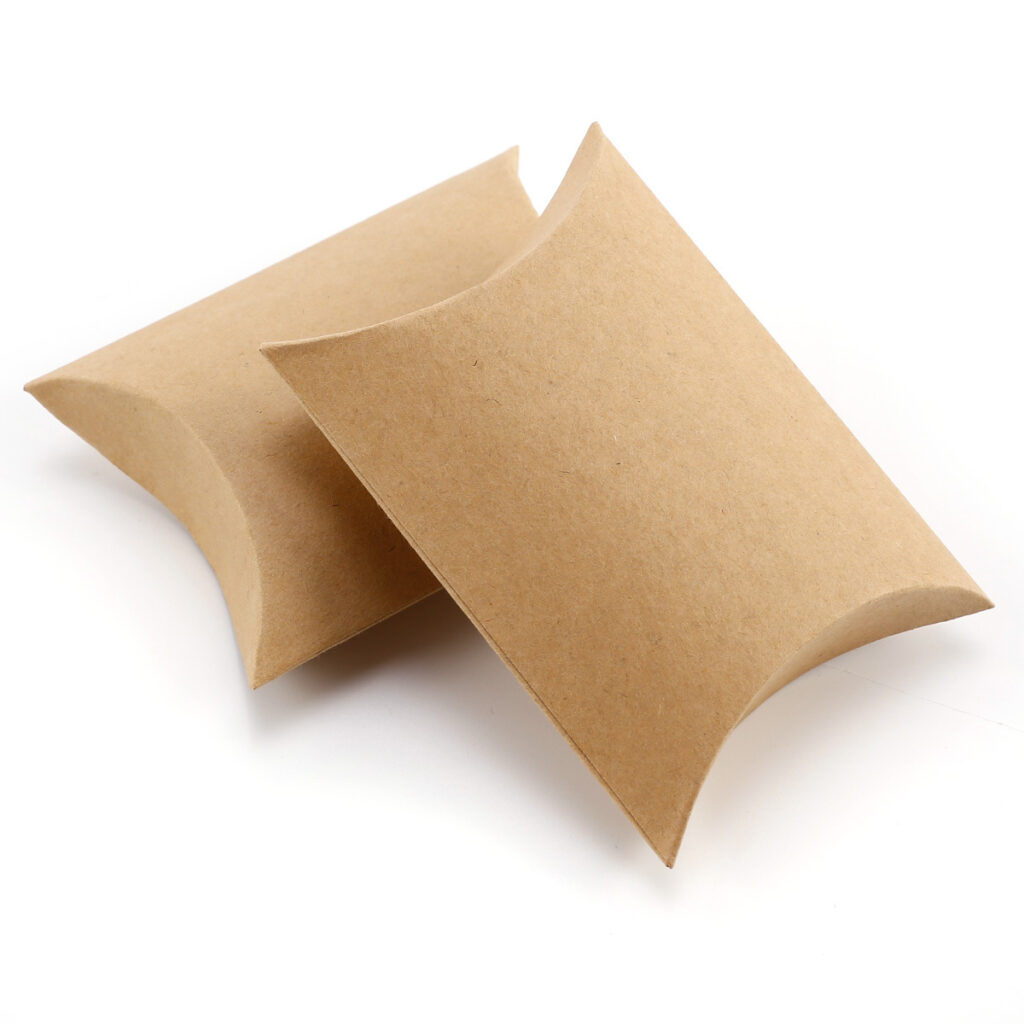
Corrugated paper packaging typically consists of one or two layers of flat cardboard with a honeycomb-shaped or wavy cardboard sandwiched in between. It is a packaging container produced through back-end processing, known for its high strength, easy cutting, processing advantages, making it widely popular in the market.

“MDF (Medium Density Fiberboard) wooden packaging is made from recycled wood that is crushed or wood fibers and other additives, using high-temperature and high-pressure processes to create boards. These processed boards are then used to manufacture packaging containers. Compared to cardboard, MDF wooden packaging has higher hardness and a stable structure, making it typically suitable for packaging medium to high-value-added products.

Natural wooden packaging box:
“Solid wood packaging primarily refers to packaging products made from natural solid wood. Due to the natural grain of solid wood and the unique appearance of solid wood packaging, this type of packaging is commonly found in high-end gifts.
Aluminum box:
Aluminum box packaging is a type of boxed container made from aluminum material through post-processing. It has high strength, corrosion resistance, and durability. It is mainly used in fields such as pharmaceuticals, cosmetics, and tool packaging.
6.Packaging Material And Design
Packaging materials refer to the materials used in the production and manufacturing of packaging containers. They include metals, plastics, paper, wood, and more. Here are several commonly used packaging materials
Corrugated paper board.
Corrugated cardboard is formed by corrugating rolls pressing pulp under high temperature to create a corrugated pattern. Corrugated paper is generally divided into single-layer or multilayer types, and the strength varies with different materials. Corrugated cardboard cannot be processed alone; its surface requires lamination with materials like white cardboard, Kraft paper, etc.

Kraft paper board.
Kraft paper: 100% pulp, environmentally friendly, simple processing, widely used, primarily used for packaging shoes, clothing, and more.

Coat paper.
Copperplate paper: 100% pulp, paper thickness ranging from 100g to 450g. Its surface is smooth and very white. In post-processing, it is often combined with printing and laminating techniques. Mainly used for printing high-end book covers, various promotional advertisements, and trademarks.
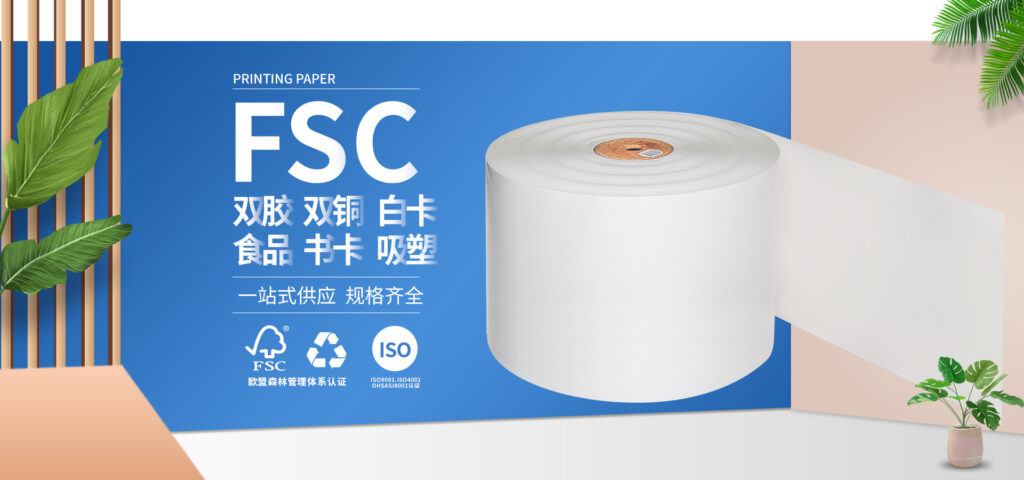
Rigid paper board.
Grey board, produced from recycled waste paper, comes in single-grey, double-grey, and full-grey variants with thickness ranging from 100g to 2,000g. This environmentally friendly packaging material is commonly used for premium gift boxes, luggage, storage boxes, advertising boards, and more.
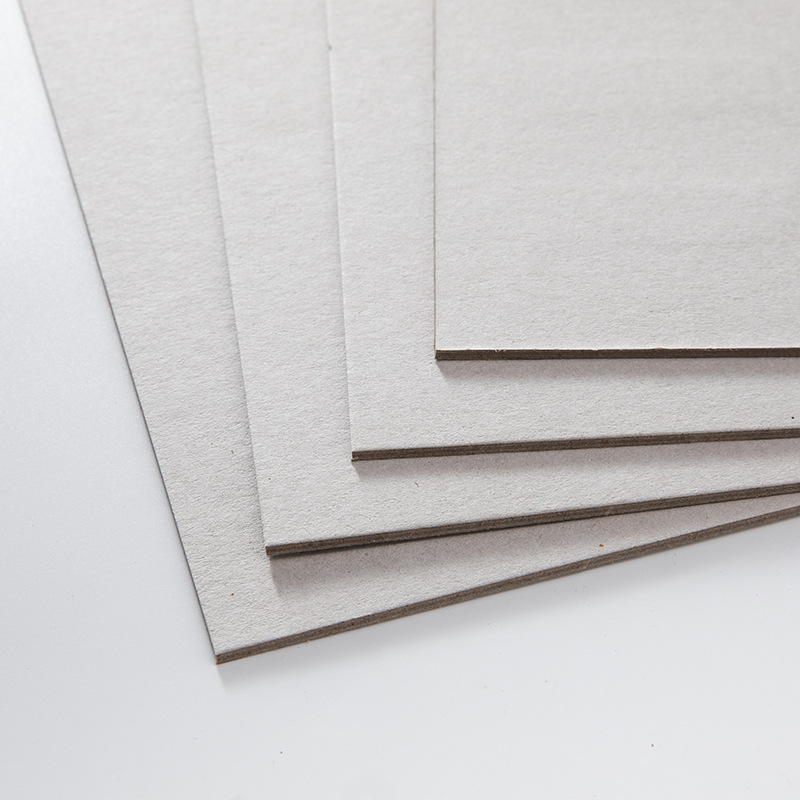
Plastic board.
Plastic box has PVC board or PET board, and plastic board Produced from PP plastic granules through high-temperature molding, plastic structural components have high hardness, are resistant to deformation, and offer the advantage of lower production costs.
MDF wooden board & Natural wooden board.
MDF (Medium Density Fiberboard) is a type of board made from wood fibers or other plant fibers, combined with synthetic resin and pressed under heat. MDF has a smooth and flat surface, uniform structure, stable performance, and is easy to process. It is widely used in furniture and interior decoration.
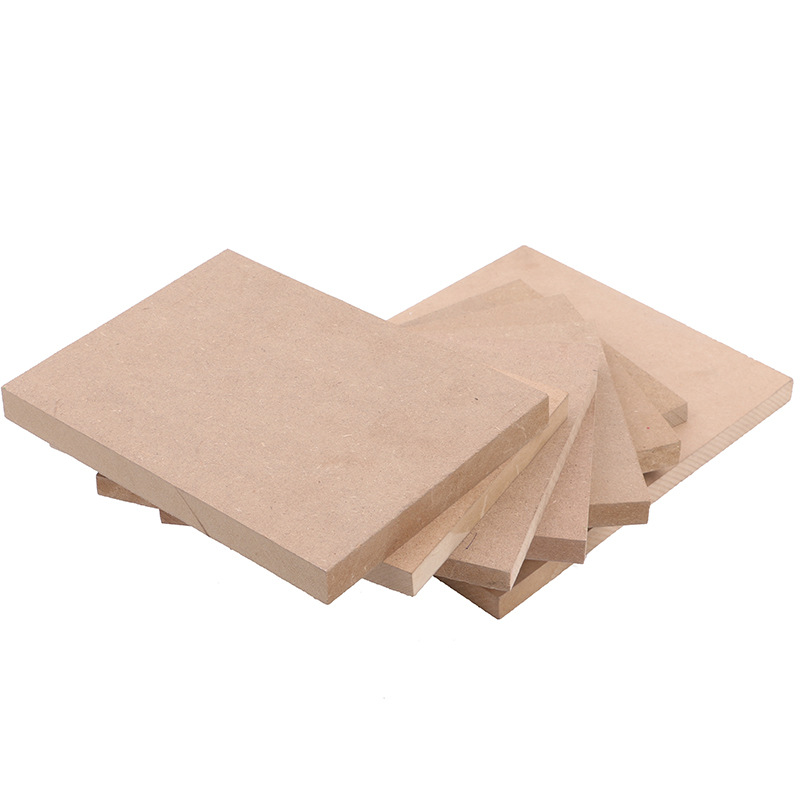
Solid wood board is made from natural wood and possesses high density, good hardness, and a natural grain pattern. It is favored in luxury packaging and furniture industries.
7.Packaging Design Inspiration
As commonly known, product packaging design serves the product by using unique visual creativity and layout to capture consumers’ attention and entice them to purchase. JIN YU packaging, a factory with years of experience in packaging design and manufacturing, suggests finding inspiration in the following areas:
Pay attention to collecting everyday life materials, always observe the surrounding environment, and look for potential design elements. For example, colors, shapes, and personalized designs.
You can draw inspiration from design books, which are a source of ideas. Additionally, you can also reference and study works within the same industry to find inspiration.
Continuously learn and accumulate relevant professional knowledge.
Actively participate in the packaging design industry, engage in discussions about future packaging trends, and broaden our perspectives through continuous communication and learning. This allows us to understand design trends and techniques from different fields.
The Fusion of Traditional Culture and Modern Craftsmanship: Examining how packaging design incorporates traditional cultural elements and trends. Exploring the application value of traditional culture in modern packaging design, including aspects such as color, patterns, etc.
8.Packaging Design Tools
Adobe Illustrator
Adobe Photoshop
CAD
Color Printing machine
Scissors,Rules
Knifes
Brush
glue-water
Different thickness paper.
Logo printing machine
All of these tools can be flexibly used according to the needs of packaging design in the process. They better help create creative, eye-catching, and practical packaging designs
9.Packaging Design Template
Food packaging
Food packaging can be classified into various types, including metal, glass, paper, plastic, and composite materials. It can also be categorized based on packaging forms such as cans, bottles, bags, rolls, boxes, and more. Different types of food require matching packaging. The main purpose of food packaging is to protect the food from contamination and damage during transportation, ensuring it reaches consumers in good condition.
Cosmetic packaging
Cosmetic packaging serves as essential containers to protect products and prevent them from being squeezed or damaged during transportation. The main classifications of cosmetic packaging include box packaging, bottle & can packaging, and bag packaging.
The definition of gifts is very wide, and gift boxes are an essential part of gifts. Gift boxes serve as a functional extension of social needs for packaging, primarily intended for giving gifts to friends and expressing sentiments.
Gift boxes can be categorized based on materials: paper boxes, plastic boxes, wooden boxes, aluminum boxes, iron boxes, and bamboo/wooden boxes.
10.Benefits Of Professional Packaging Design
Cost Savings: Efficient packaging can organize and consolidate scattered goods, significantly increasing loading capacity, reducing transportation costs. Additionally, reusable packaging contributes to lowering producer costs.
Product Protection: Protecting the product is a crucial aspect of packaging. During the product’s journey, it inevitably faces various external factors. A well-designed packaging solution helps shield against a variety of influences
Enhanced Product Value: Packaging itself can create value, as consumers are more willing to pay for unique and appealing packaging.
Increased Sales: Exquisite packaging serves to beautify your product and acts as a promotional tool, contributing to increased sales.
Elevated Brand Image: Refined packaging design is a vital component of a brand’s image. It not only conveys the brand’s values, culture, and style but also strengthens consumer trust and affinity towards the brand
11.Packaging Design Trend 2024
With the continuous improvement of people’s living standards, packaging evolves and changes with the development of the times. As a factory with 20 years of experience in packaging design and production, we will explore the latest packaging designs and predict the new trends in packaging development for the year 2024 from various perspectives.
Sustainability in Packaging: Prioritizing environmental friendliness, packaging aims to protect the product while also considering practical and cost-effective functions.
Differential Packaging Design: Utilizing new materials, technologies, and forms to create distinctive packaging designs.
Personalized Packaging Solutions: Tailoring packaging designs to meet the diverse consumption needs of different consumer groups.
FAQ:
What is the difference between the packaging design and product design?
1.Differences in Functionality and Objectives.
Packaging design is mainly created around the product to provide protection, attract consumer attention, increase sales, and facilitate transportation.
Product design focuses more on the actual functionality and performance of the product. The primary goal of product design is to meet consumer needs through creativity and practicality, aiming to provide a uniquely competitive product.
2. The focus points are different:
Packaging design places a stronger emphasis on the appearance and visual experience. It uses various patterns, colors, and materials to capture consumer attention, convey product features, and communicate brand values.
Product design, on the other hand, prioritizes the actual functionality and the practical experience of consumers. It not only emphasizes the practicality, convenience, and ease of use but also considers the design of the appearance.
Conclusion:
Packaging design and product design, although closely related to products, have distinct differences in terms of functional goals, design emphasis, and more. Packaging design focuses more on protecting the product and capturing consumer attention, while product design places a greater emphasis on the functional aspects of the product and the consumer experience. Understanding these differences can better help us grasp the distinctions and importance between packaging design and product design.

